Maintaining heart health involves more than just watching your diet—physical activity plays a crucial role in managing cholesterol levels. While many focus on food choices, the impact of movement often goes unnoticed. Let’s explore how staying active can help keep your cholesterol in check and why inactivity can be detrimental to your cardiovascular health.
Understanding Cholesterol: The Good and the Bad
Cholesterol is a waxy, fat-like substance found in every cell of the body. It is essential for building cell membranes, producing hormones such as estrogen and testosterone, and supporting the production of vitamin D. While cholesterol is necessary, an imbalance can pose significant health risks.
There are two primary types of cholesterol:
-
HDL (High-Density Lipoprotein) - "Good" Cholesterol: HDL helps remove excess cholesterol from the bloodstream and transports it back to the liver for processing and elimination.
-
LDL (Low-Density Lipoprotein) - "Bad" Cholesterol: LDL contributes to plaque formation in the arteries, increasing the risk of heart disease and stroke.
Maintaining a healthy balance between these two types is crucial for overall heart health.
The Inactivity-Cholesterol Connection
A sedentary lifestyle is one of the major risk factors for high cholesterol and cardiovascular disease. Prolonged periods of inactivity, such as sitting for long hours at a desk or on the couch, can have detrimental effects on cholesterol levels, even when paired with a seemingly healthy diet.
Research has shown that people who engage in little to no physical activity tend to have higher levels of LDL (bad) cholesterol and lower levels of HDL (good) cholesterol. Extended periods of sitting can slow down metabolism, reduce the body's ability to break down fats and lead to weight gain, all of which contribute to unhealthy cholesterol levels [NIH]. Reducing sedentary time and incorporating moderate-intensity physical activity can significantly improve cholesterol profiles.
How Exercise Supports Heart Health
Regular physical activity offers numerous cardiovascular benefits that go beyond just lowering cholesterol. Here’s how exercise helps your heart:
1. Increases HDL (Good) Cholesterol
Exercise stimulates the production of HDL cholesterol, which plays a critical role in transporting excess cholesterol out of the bloodstream and reducing the risk of arterial blockages.
2. Lowers LDL (Bad) Cholesterol
Physical activity increases the size of LDL particles, making them less likely to adhere to artery walls and cause blockages.
3. Reduces Triglycerides
Triglycerides are another type of fat found in the blood that can contribute to heart disease. Exercise helps lower triglyceride levels, further reducing cardiovascular risk.
4. Improves Blood Circulation
Aerobic activities, such as walking and jogging, help keep blood vessels flexible and promote better circulation, reducing the likelihood of clot formation.
5. Enhances Lipoprotein Particle Size
Larger lipoprotein particles are less likely to penetrate arterial walls and cause inflammation or plaque buildup, reducing the risk of heart attacks and strokes.
6. Supports Weight Management
Maintaining a healthy weight is crucial for cholesterol control. Exercise helps regulate metabolism and prevent weight gain, which is closely linked to high cholesterol.
Exercises for Heart Health
When it comes to managing cholesterol levels, aerobic exercises are among the most effective. These activities elevate heart rate and promote better cardiovascular function:
1. Brisk Walking or Jogging:
A great starting point for beginners, walking or jogging helps increase heart rate and improve circulation.
2. Swimming:
Provides a full-body workout with minimal impact on the joints, making it ideal for individuals with arthritis or mobility issues.
3. Cycling:
Whether outdoors or on a stationary bike, cycling strengthens lower-body muscles while improving cardiovascular endurance.
4. Dancing:
A fun way to stay active while burning calories and improving heart health.
5. High-Intensity Interval Training (HIIT):
Involves short bursts of high-intensity exercise followed by brief rest periods, maximizing calorie burn and improving cardiovascular fitness.
Exercise Intensity and Duration
The American Heart Association recommends at least 150 minutes of moderate-intensity aerobic activity or 75 minutes of vigorous aerobic activity per week. Incorporating muscle-strengthening exercises twice a week can further enhance heart health. [NIH]
-
Moderate-intensity activities: Activities like brisk walking, cycling, and swimming should elevate your heart rate while allowing you to hold a conversation.
-
Vigorous-intensity activities: Exercises like running, HIIT workouts, and aerobic dance should make talking difficult due to the intensity of effort.
It’s important to choose activities that suit your fitness level and preferences to maintain consistency.
Supporting Your Exercise Routine
While regular exercise is vital for cholesterol management, a comprehensive approach that includes proper nutrition and supplementation can further enhance heart health. Consider incorporating the following:
-
Slow Cholesterol Supplements: Formulated to support healthy cholesterol levels naturally.
-
Fiber Supplements: Help reduce cholesterol absorption in the digestive tract, lowering LDL levels.
-
Triple Strength Omega-3: Supports heart health by reducing inflammation and promoting healthy cholesterol balance.
Lifestyle Changes for Better Cholesterol Control
Apart from exercise, here are additional lifestyle modifications that can help manage cholesterol effectively:
1. Adopt a Heart-Healthy Diet
A diet rich in fiber, healthy fats, and lean proteins can support cholesterol management. Focus on consuming:
-
Fruits and vegetables: Packed with fiber and antioxidants.
-
Whole grains: Such as oats, quinoa, and brown rice.
-
Healthy fats: Found in nuts, seeds, avocados, and olive oil.
-
Lean proteins: Such as fish, poultry, and plant-based sources.
2. Stay Hydrated
Drinking plenty of water helps the body process and eliminate excess cholesterol effectively.
3. Limit Processed Foods
Highly processed foods often contain trans fats and excessive sugars, which can elevate LDL cholesterol and triglyceride levels.
4. Quit Smoking and Reduce Alcohol Intake
Smoking lowers HDL cholesterol, while excessive alcohol consumption can lead to weight gain and increased triglycerides.
Conclusion
The connection between exercise and cholesterol control is clear—staying active is one of the most effective ways to support heart health and maintain healthy cholesterol levels. Regular physical activity not only lowers LDL cholesterol and triglycerides but also boosts HDL cholesterol, enhances circulation, and helps manage weight.
By incorporating a well-rounded approach that includes consistent exercise, a heart-healthy diet, and proper supplementation, you can take proactive steps toward better cardiovascular health. Remember, even small steps can make a big difference. Start today, stay consistent, and keep moving—your heart will thank you for it!
FAQs
-
How does inactivity lead to high cholesterol?
Inactivity slows metabolism and reduces the body’s ability to break down fats, leading to higher LDL (bad) cholesterol and lower HDL (good) cholesterol. Sitting for long hours can also contribute to weight gain and poor circulation, further increasing cholesterol levels.
-
What types of exercise are best for lowering cholesterol?
Aerobic exercises like brisk walking, jogging, cycling, swimming, and dancing are highly effective for lowering cholesterol. High-Intensity Interval Training (HIIT) also helps boost HDL cholesterol and improve heart health.
-
Can a sedentary lifestyle raise cholesterol even in healthy individuals?
Yes, even in healthy individuals, prolonged inactivity can increase LDL cholesterol and reduce HDL cholesterol. Lack of movement affects fat metabolism, leading to a higher risk of heart disease despite maintaining a good diet.
-
How much exercise is needed to improve cholesterol levels?
To improve cholesterol levels, aim for at least 150 minutes of moderate-intensity aerobic exercise or 75 minutes of vigorous exercise per week, along with muscle-strengthening activities twice a week. Consistency is key for long-term heart health benefits.


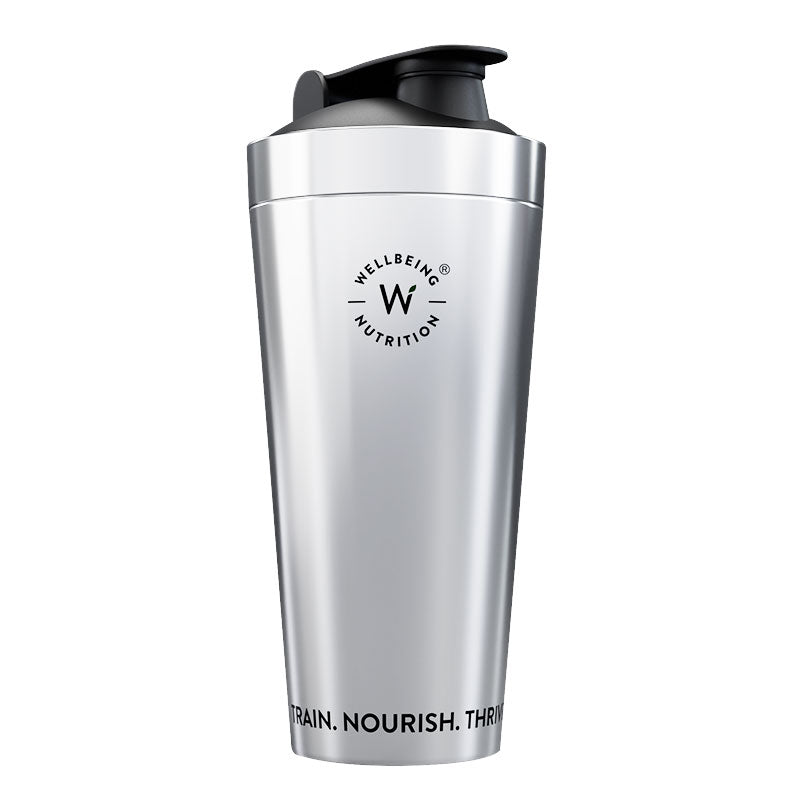





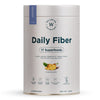












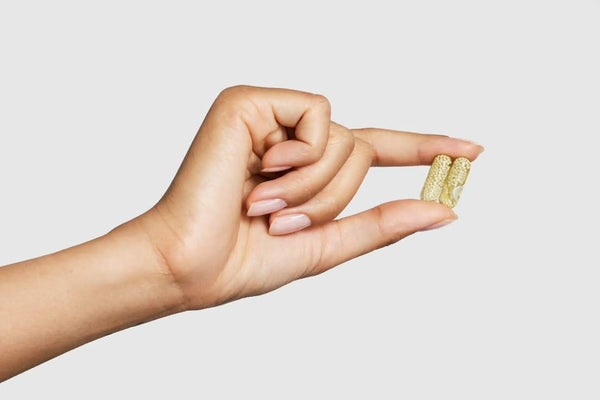
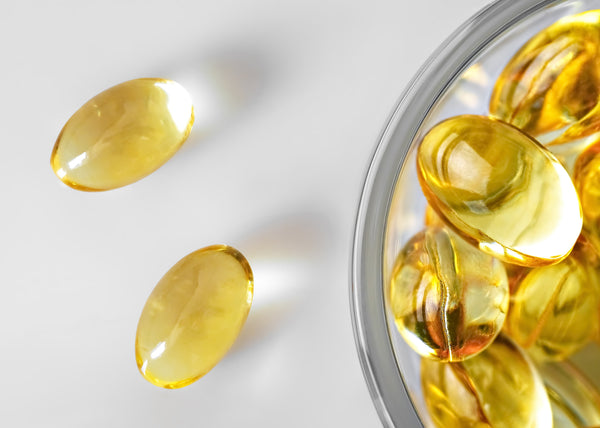
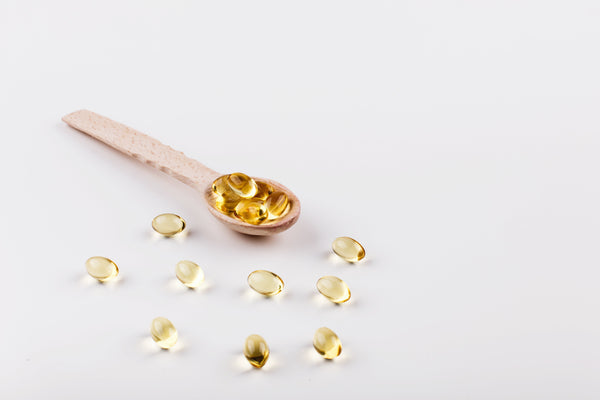
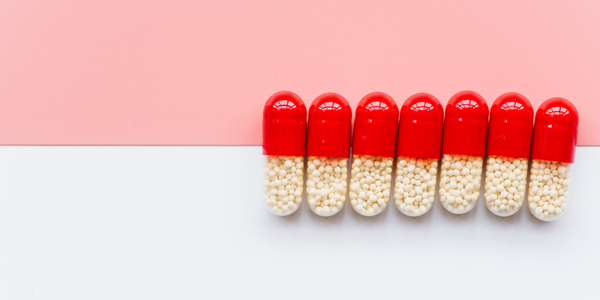







 DOWNLOAD NOW
DOWNLOAD NOW
